|
In 2018 we decided to a test new area and new techniques, as well as reduce costs by building a greenhouse to start our own plants. On-Farm Trial: Perhaps our biggest struggle, we have discovered has been time management. It has at times been challenging to manage weeds in our fields because of such constraints. In order to address possible solutions to this, we implemented a trial to evaluate several management practices spring 2018 with the financial assistance of the Farmer-Rancher grant program administered by the USDA-NCR SARE program. In the trial, four varieties (Grosso, Phenomenal, Croxton’s Wild, and Munstead) were planted in three ‘management’ systems:
Data collected:
The following charts and graphs display data collecting during 2018: Fall of 2018 looked great. Winter temperatures greatly fluxuated and spring brought so much rain we had flooding in the field. Result was extreme plant loss. 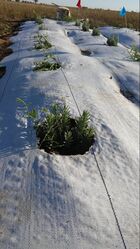 So while we could not continue the experiment as originally planned we still gathered some valuable information.
Possible ideas for further study:
0 Comments
Leave a Reply. |
Details
AuthorMary is co-owner of Flint Hills Lavender Farm, a stay at home mom, and a dance teacher. She loves to be creative, help plants grow, cook with herbs, and explore the magic of essential oils. Archives
April 2023
Categories |

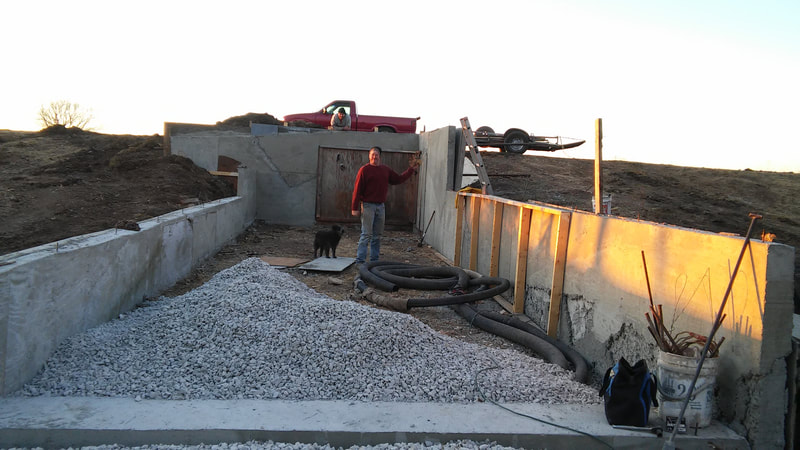
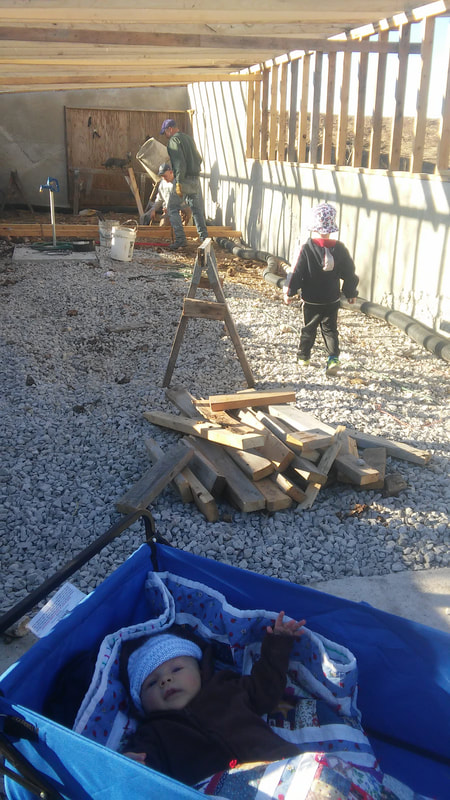
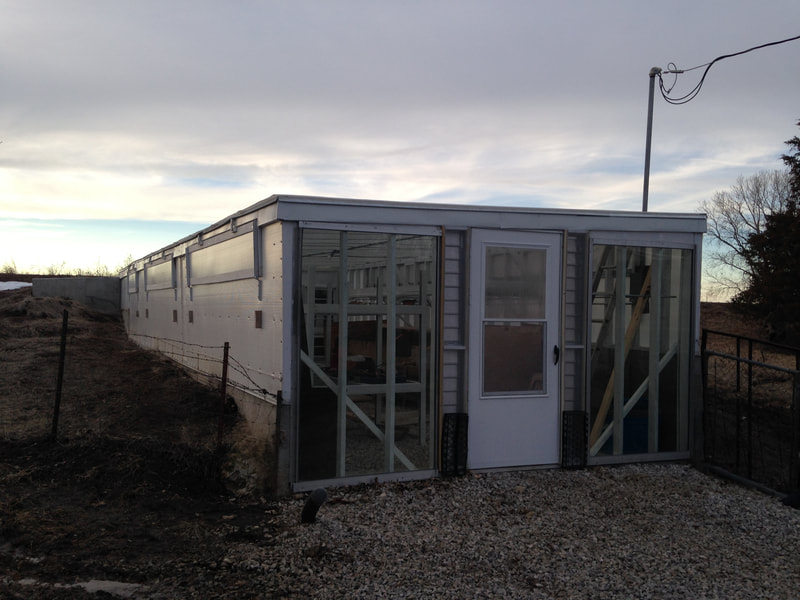
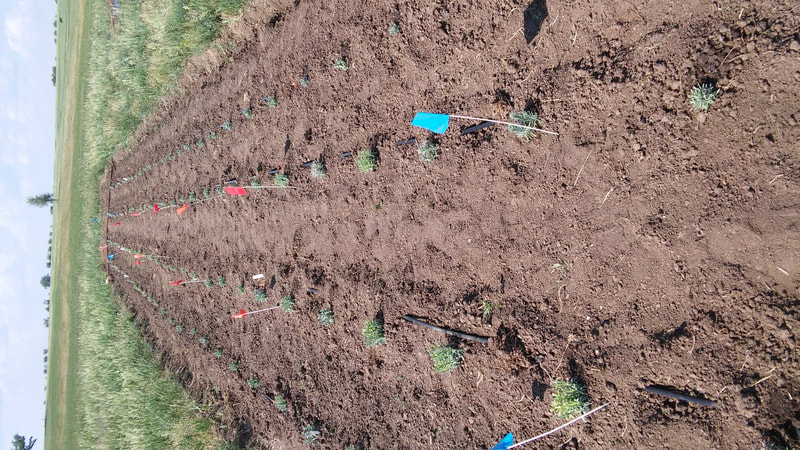
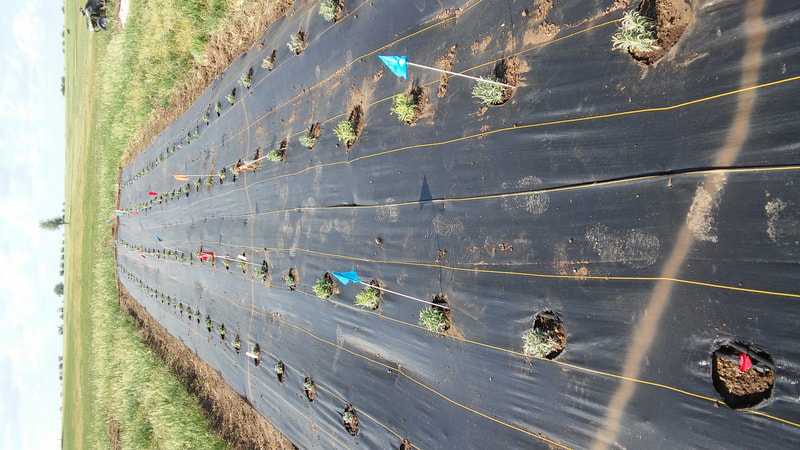
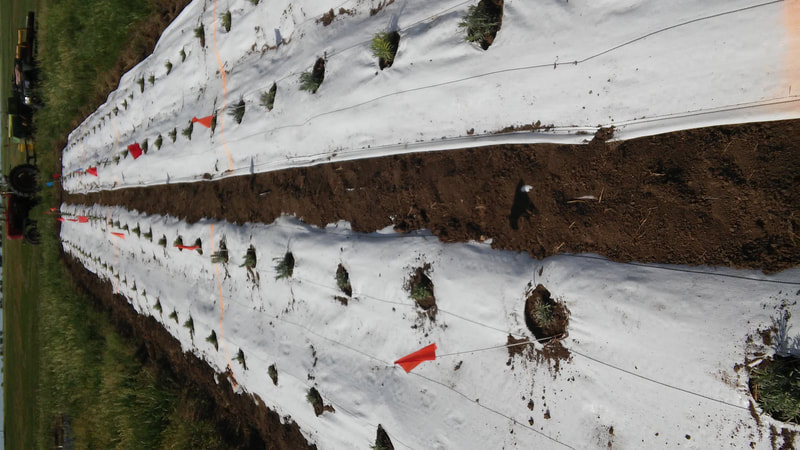
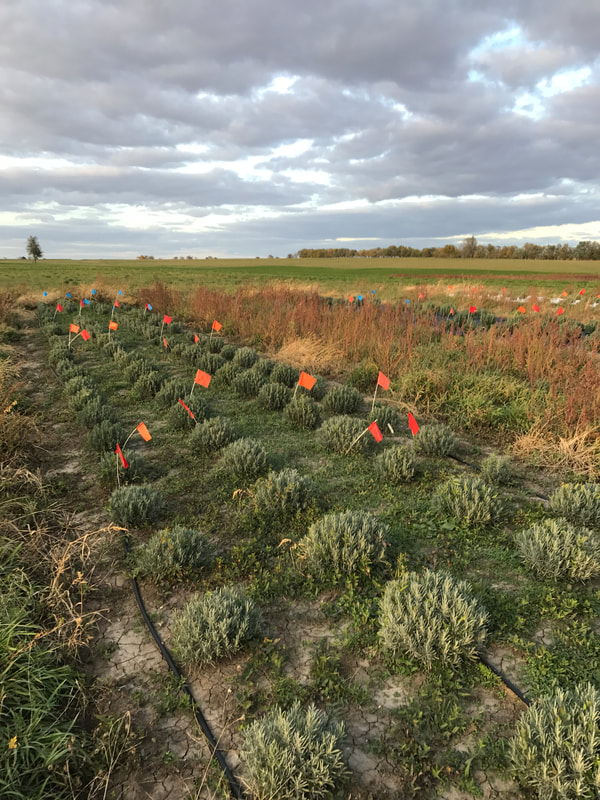
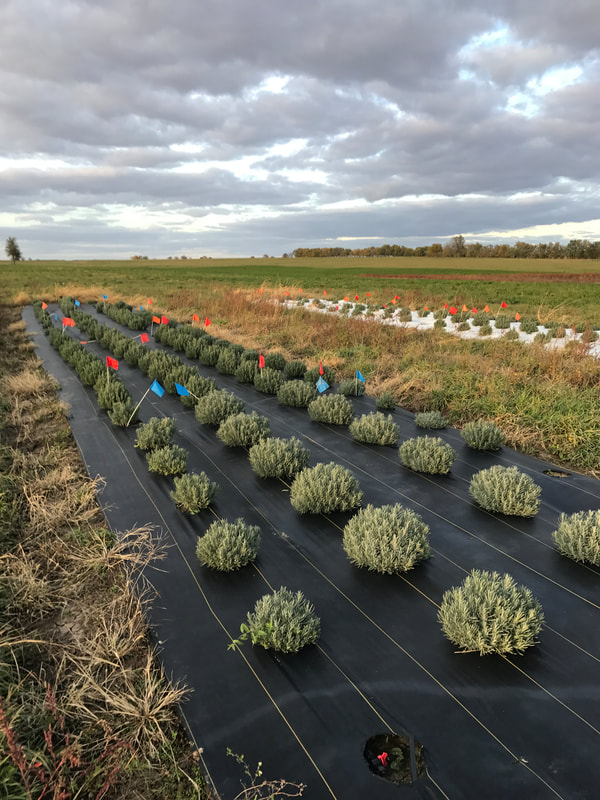
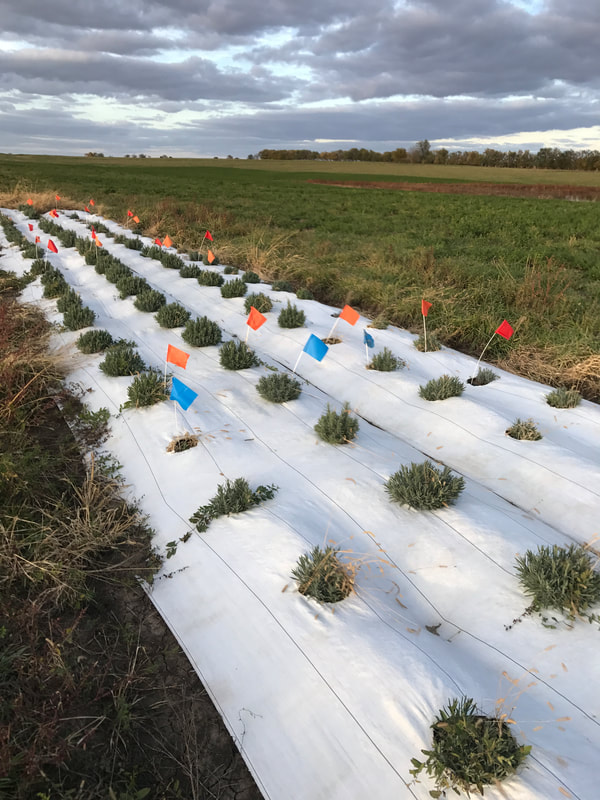
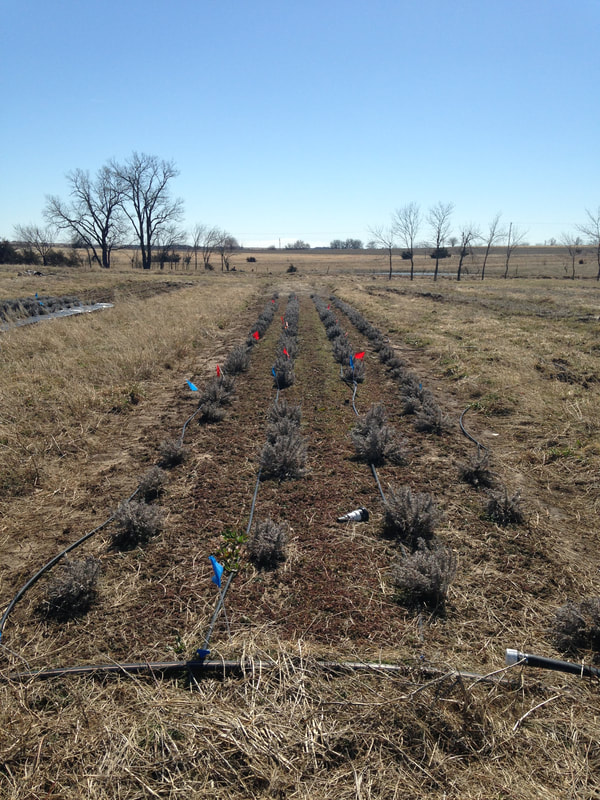
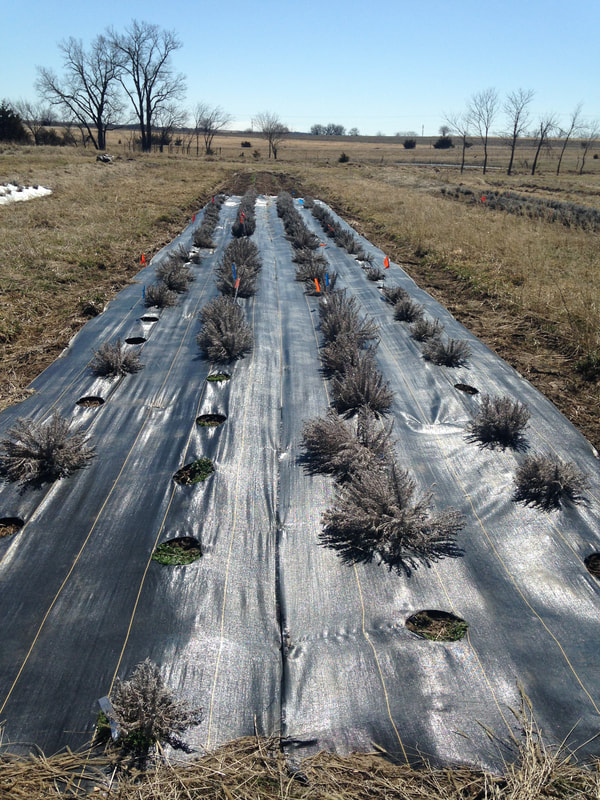
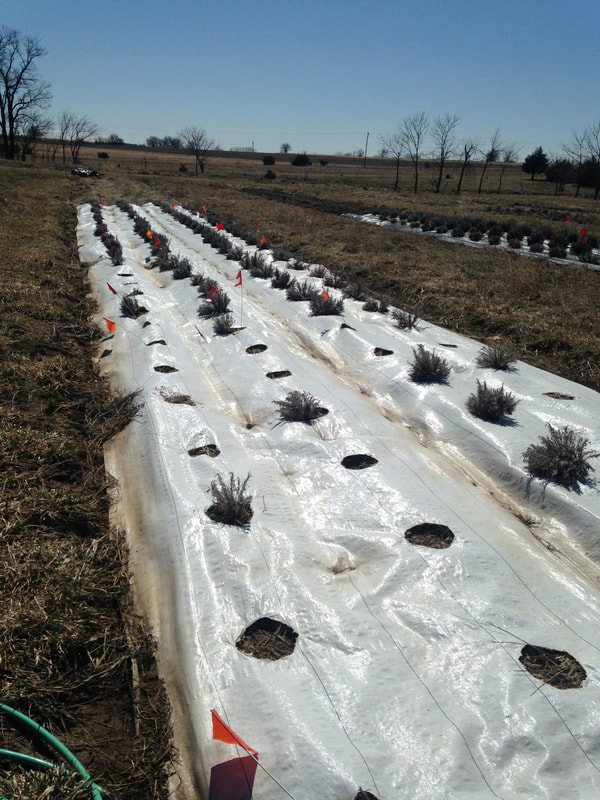
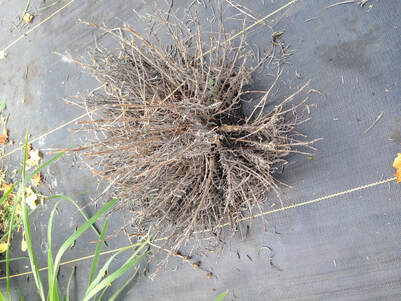
 RSS Feed
RSS Feed